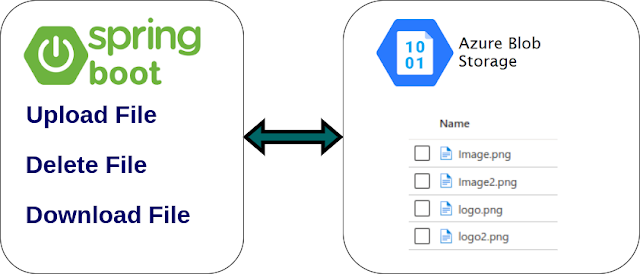React Native - Environment Setup - Create a new project
In this article, we will discuss how to establish your development environment on our local system utilizing React Native framework and Android Studio to build Android Apps.
Recently, I decided to explore and use React Native for developing Android Apps. However, as I was establishing my development environment in my system, I ran into a plethora of challenges. Establishing React Native on my system is challenging and requires attention to an abundance of moving pieces, even if you opt to get a sample app up and running on an emulator.
Step 1: Install Node.js
To check if node.js is installed on your system, type node -v in the terminal. This will help you see the version of node.js currently installed on your system.
knfdev@ladmin-knf:~$ node -v
v12.18.4
If it does not print anything, install node.js on your system. To install node.js, go to the homepage, https://nodejs.org/en/download/ of node.js, and install the package based on your OS.
Based on your OS, install the required package. Once node.js is installed, npm will also get installed along with it. To check if npm is installed or not, type npm –v in the terminal as given below. It will display the version of the npm.
knfdev@ladmin-knf:~$ npm -v
6.14.8
Step 2: Install create-react-native-app
After installing NodeJS and NPM successfully in your system you can proceed with the installation of create-react-native-app (globally as shown below).
npm install -g create-react-native-app
Step 3: Create Project
Browse through the required folder and create a new react-native app using the following command.
create-react-native-app KnowledgeFactoryDemo
Select 'Default new app'
After executing the above command, a folder with a specified name is created with the following contents.
Open the android folder in your project folder SampleReactNative/android (in this case). Create a file with named local.properties and add the following path to it.
- in Windows sdk.dir = C:\\Users\\USERNAME\\AppData\\Local\\Android\\sdk
- in macOS sdk.dir = /Users/USERNAME/Library/Android/sdk
- in Linux sdk.dir = /home/USERNAME/Android/Sdk
Step 4: Install JDK
To check if JDK is installed on your system, type the 'java -version' in the terminal. This will help you see the version of Java currently installed on your system.
sibinmuhammed@ladmin-H310M-S2:~/knf-reactnative$ java -version
java version "1.8.0_261"
Java(TM) SE Runtime Environment (build 1.8.0_261-b12)
Java HotSpot(TM) 64-Bit Server VM (build 25.261-b12, mixed mode)
If it does not print anything, install java on your system. To install java, go to the homepage, https://www.oracle.com/in/java/technologies/javase-downloads.html of the oracle, and install the package based on your OS.
Step 5: Installing Android Studio
Visit the web page https://developer.android.com/studio and download android studio.
Click the AVD Manager AVD Manager icon in the toolbar.
Step 7: Running Android App
knfdev@ladmin-H310M-S2:~$ react-native start
knfdev@ladmin-H310M-S2:~/knf-reactnative/KnowledgeFactoryDemo$ react-native run-android
Congratulations! You have done your first Mobile App.















Comments
Post a Comment